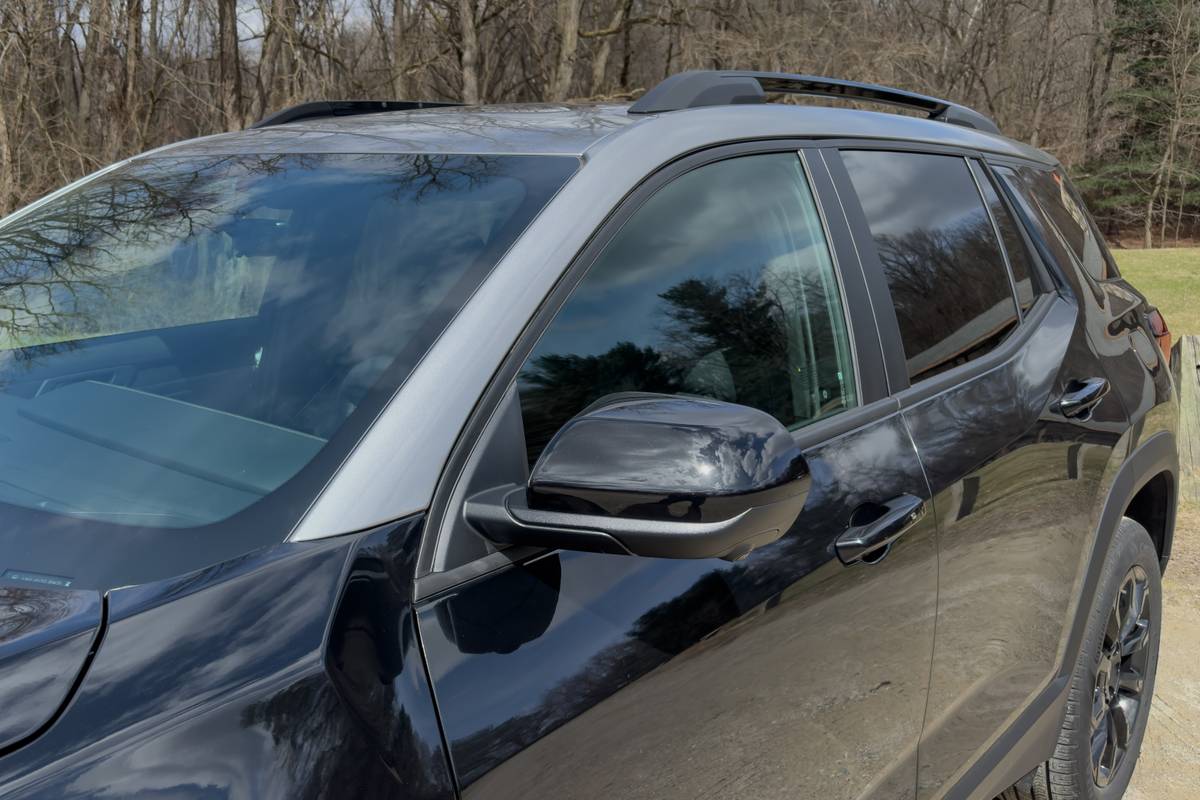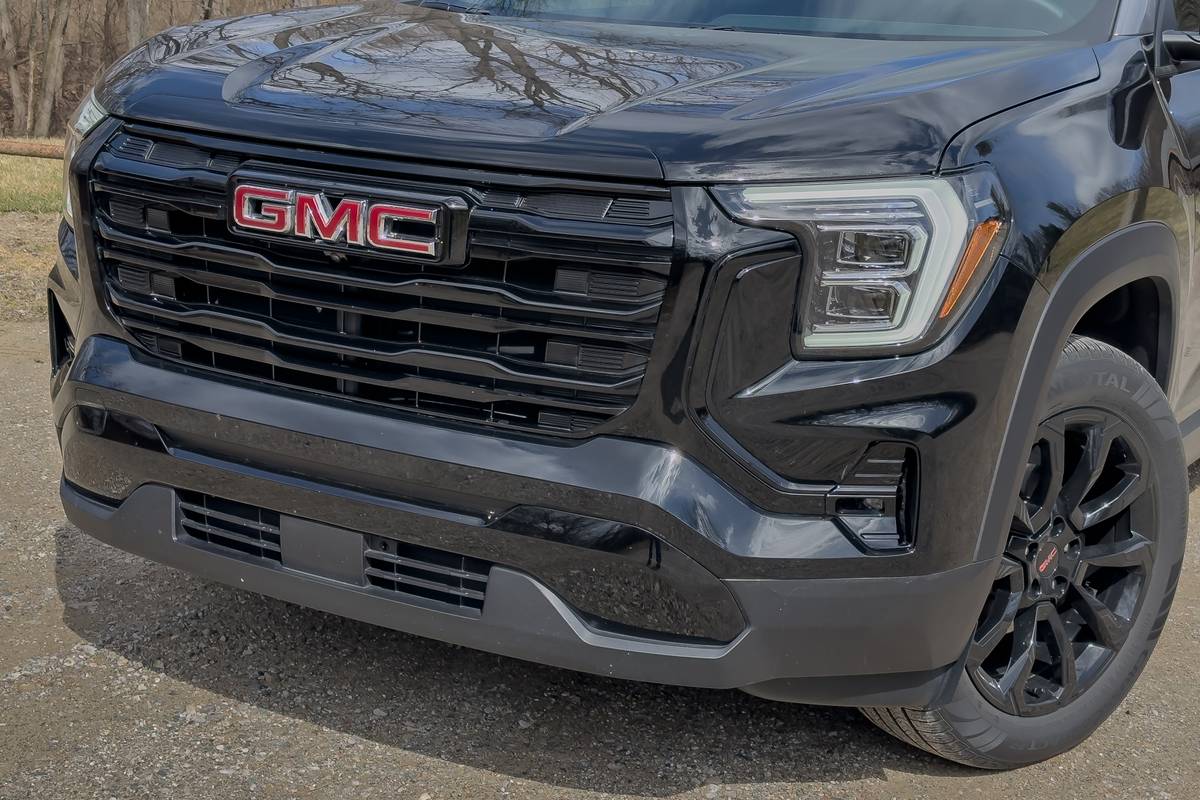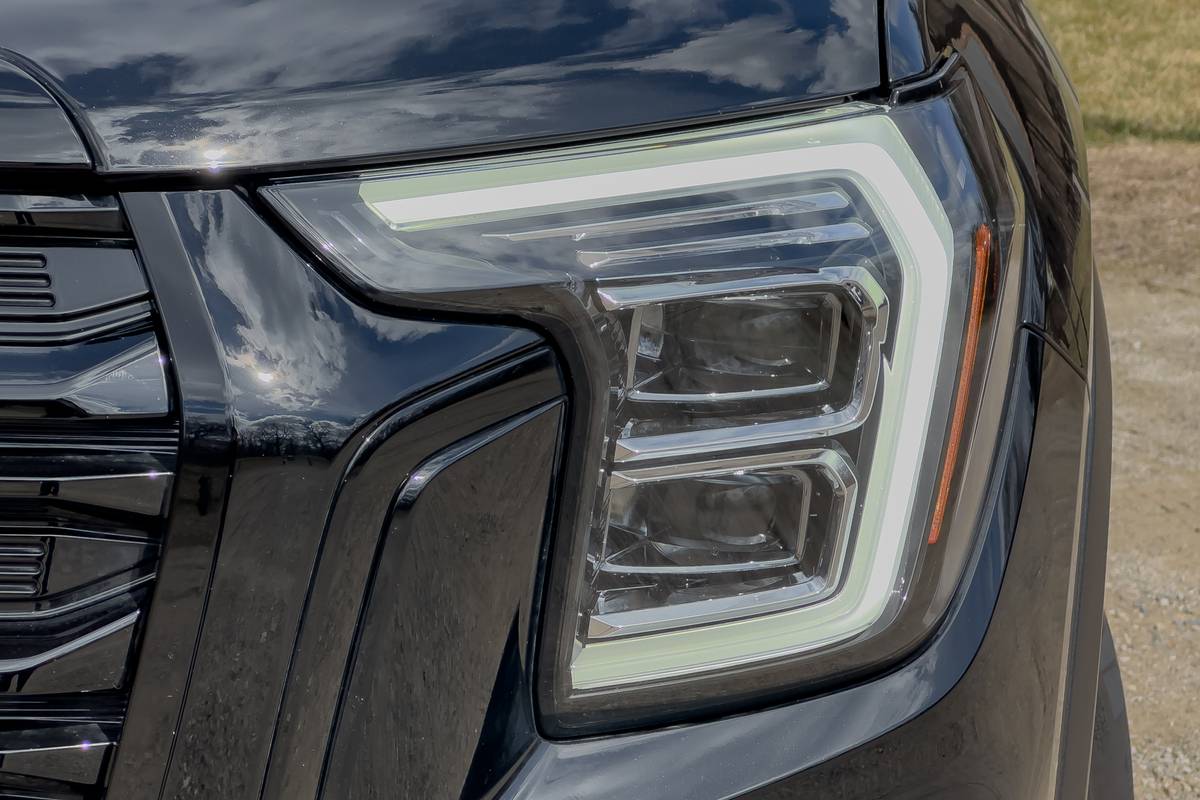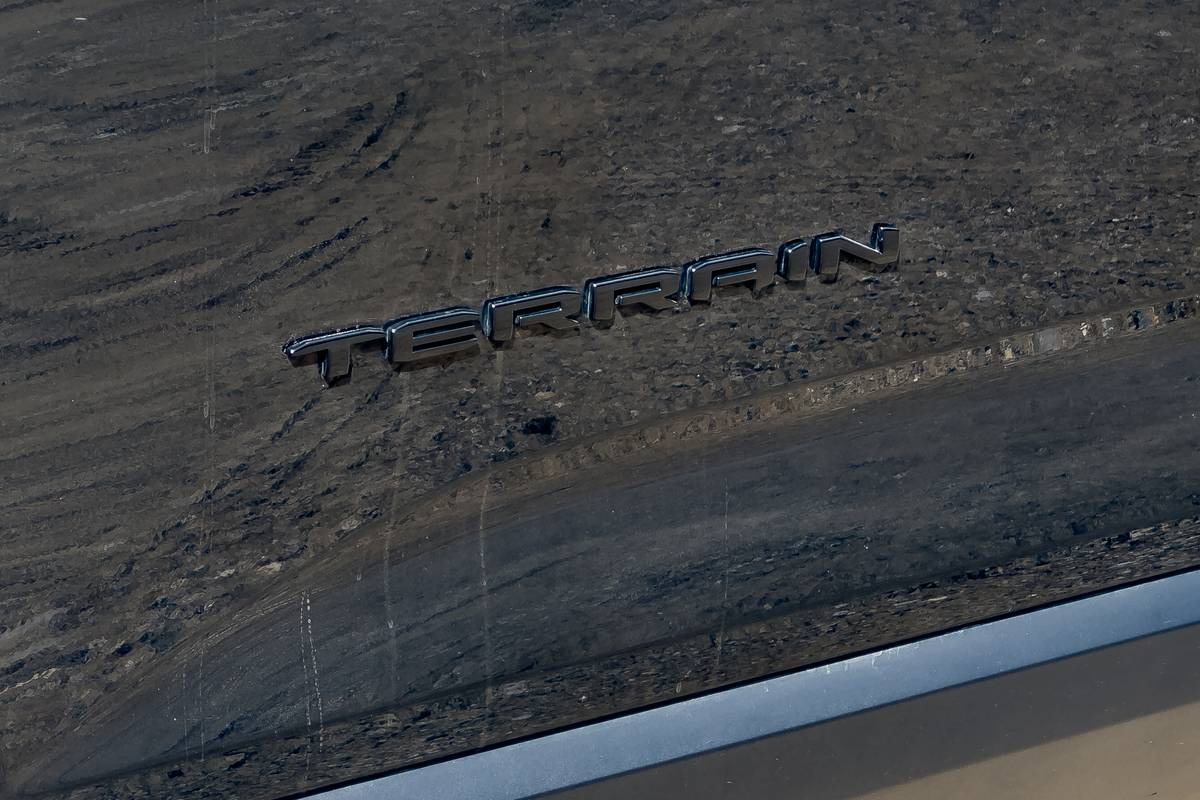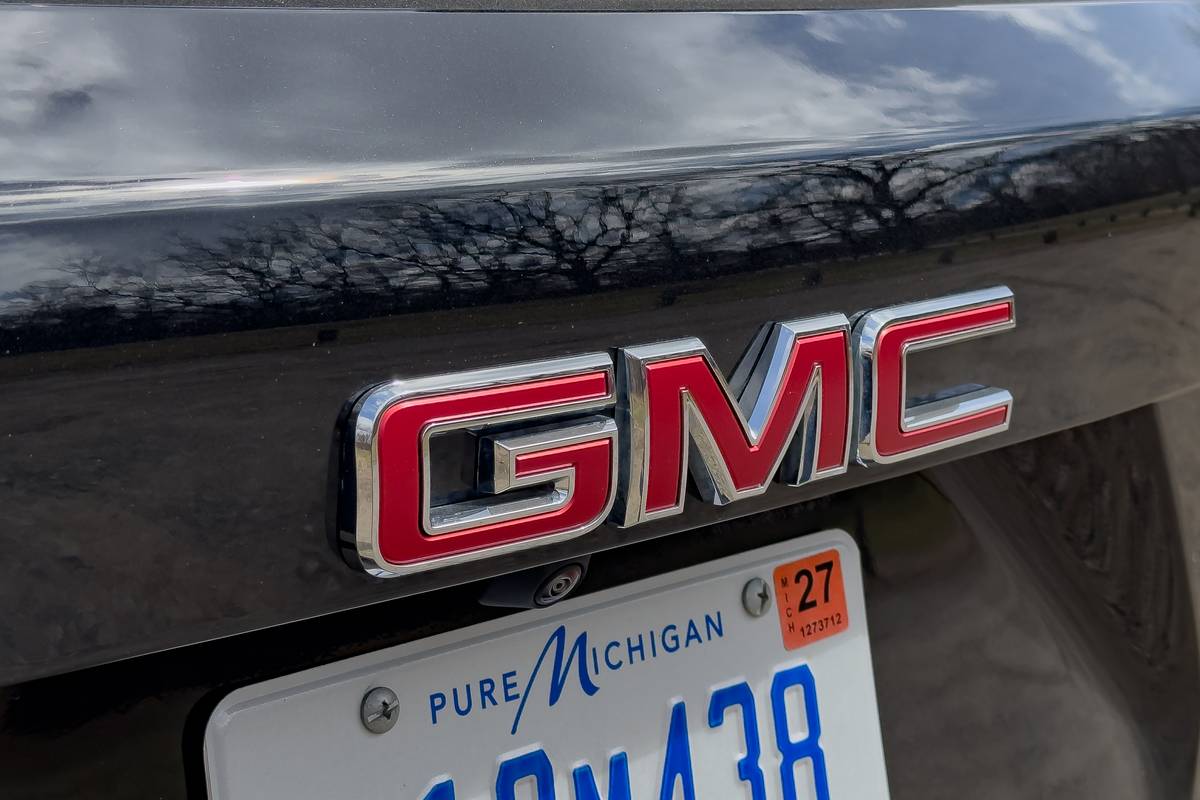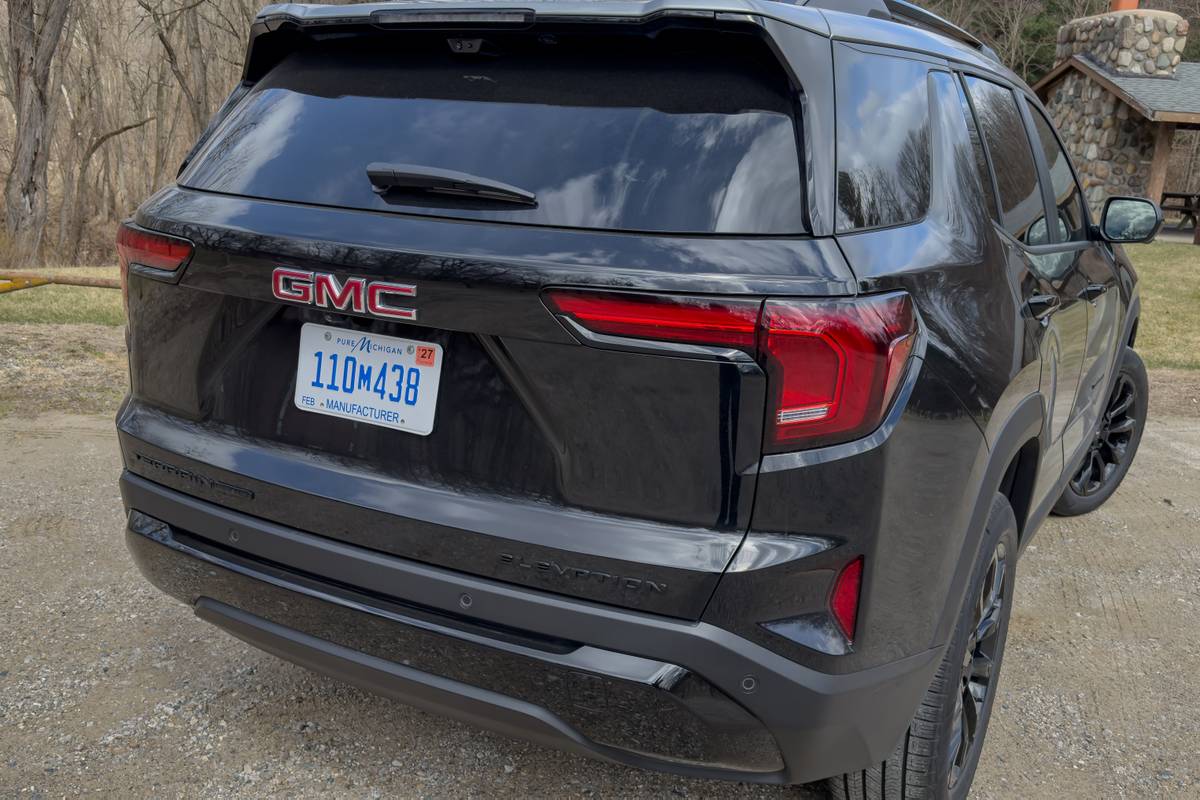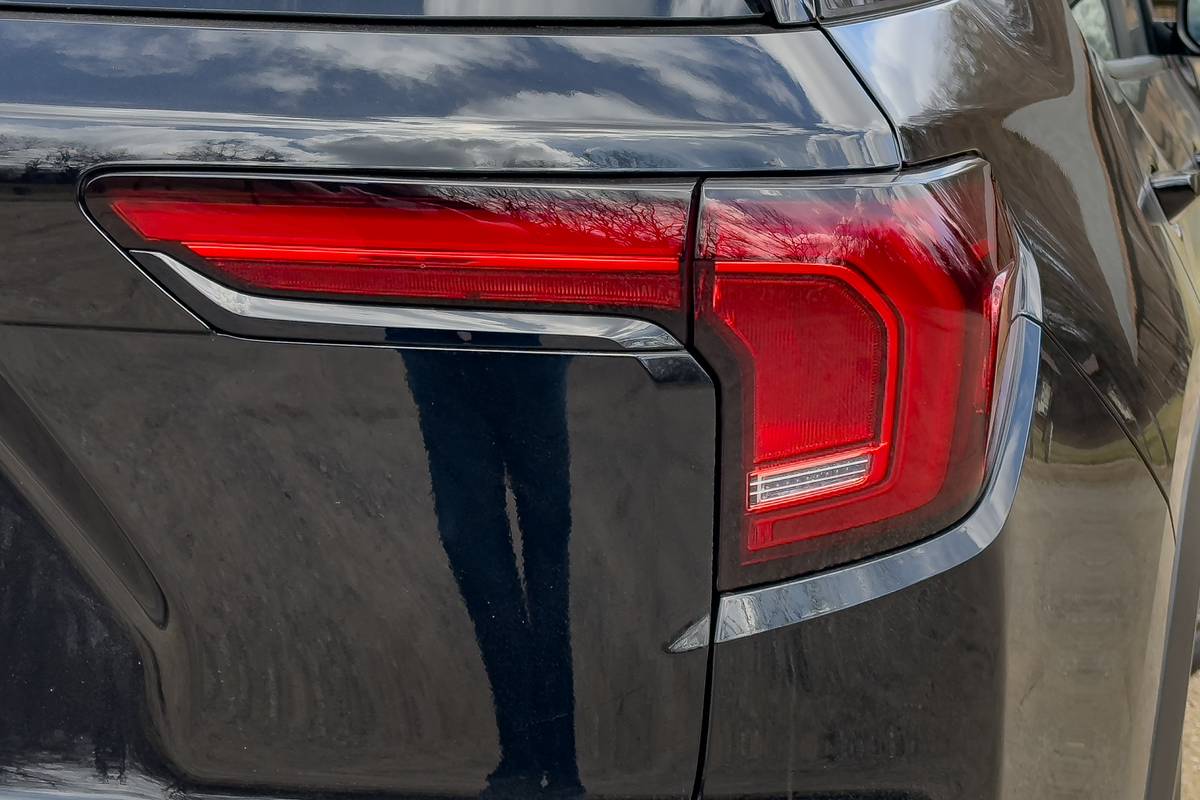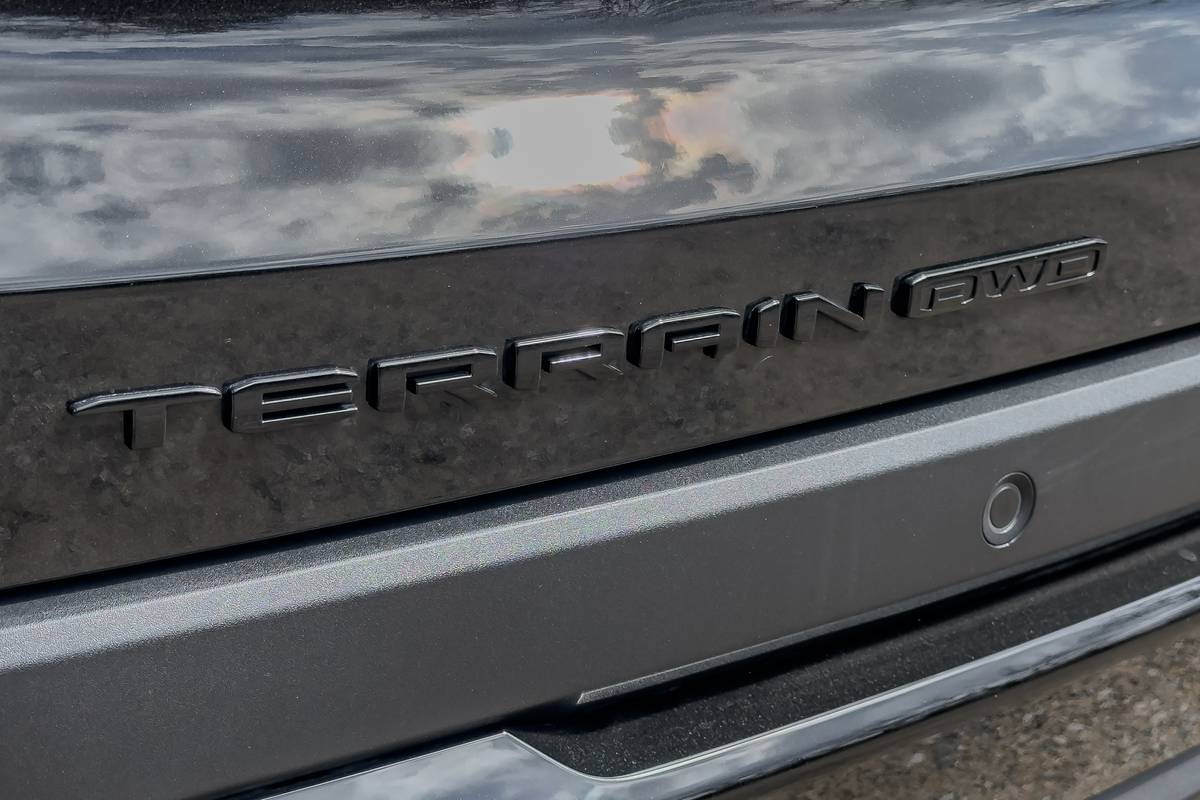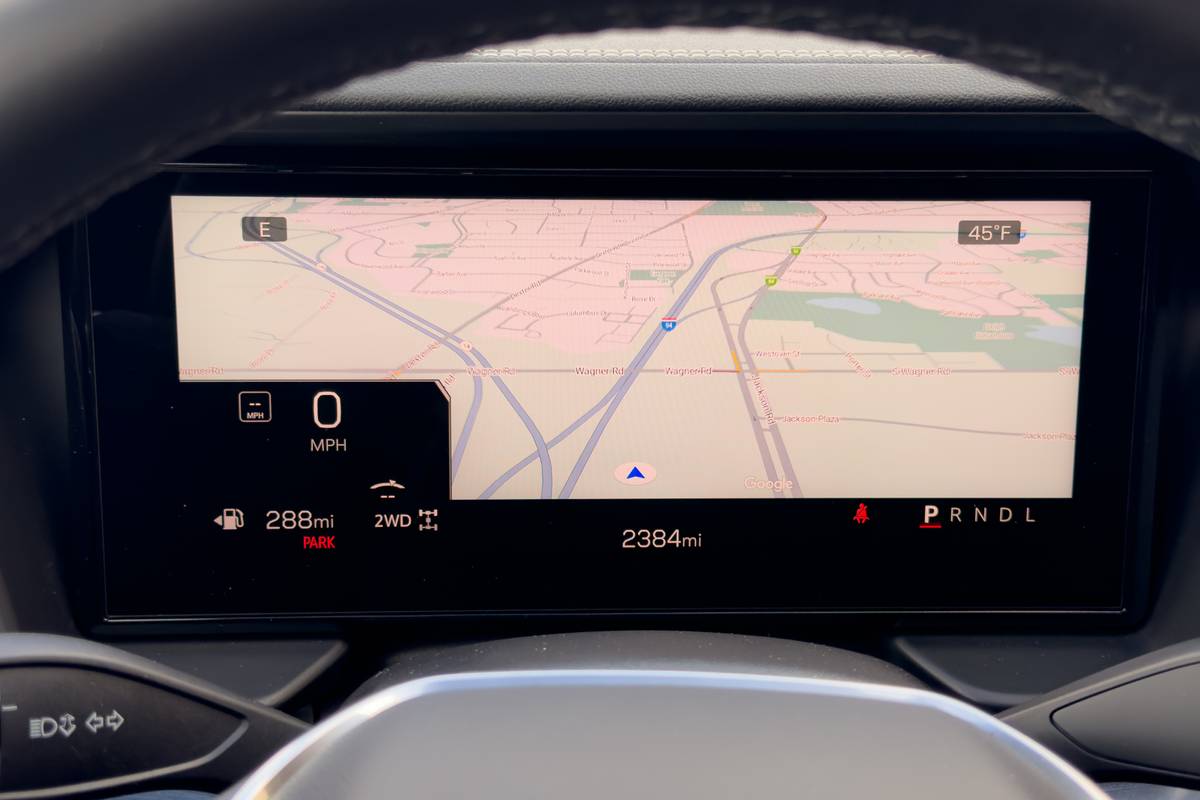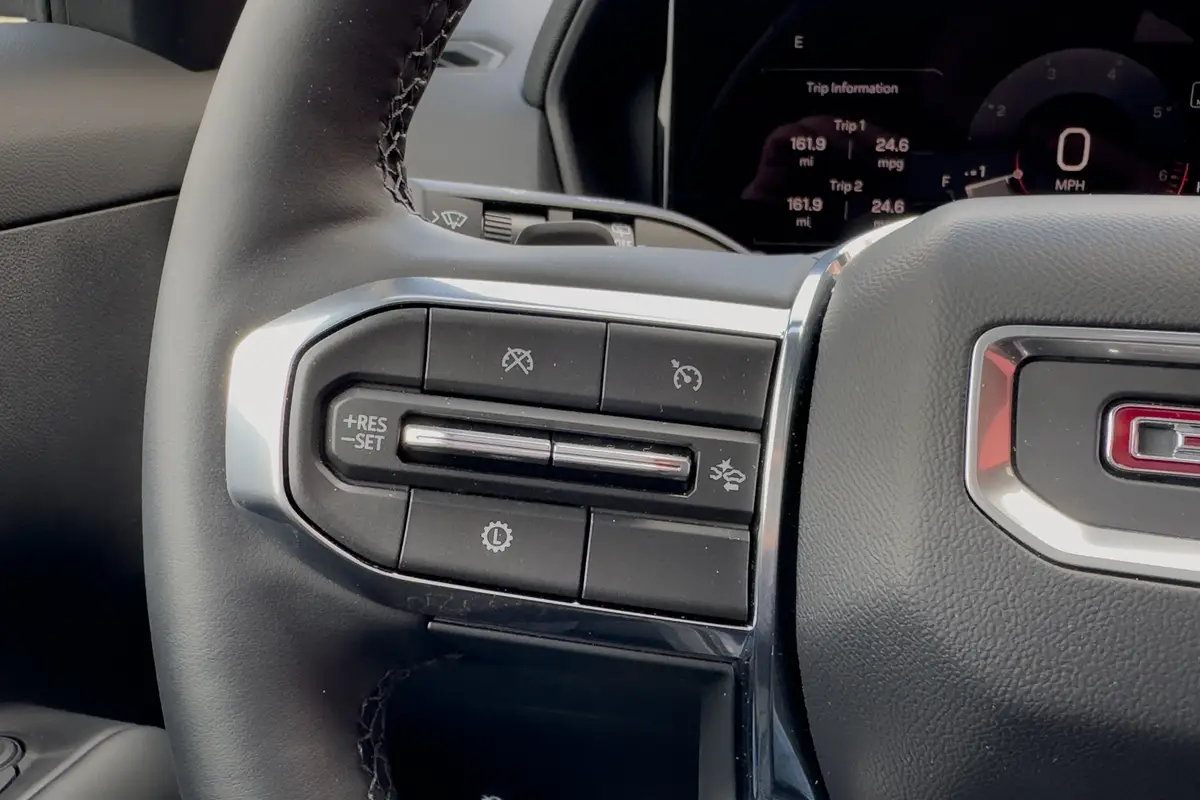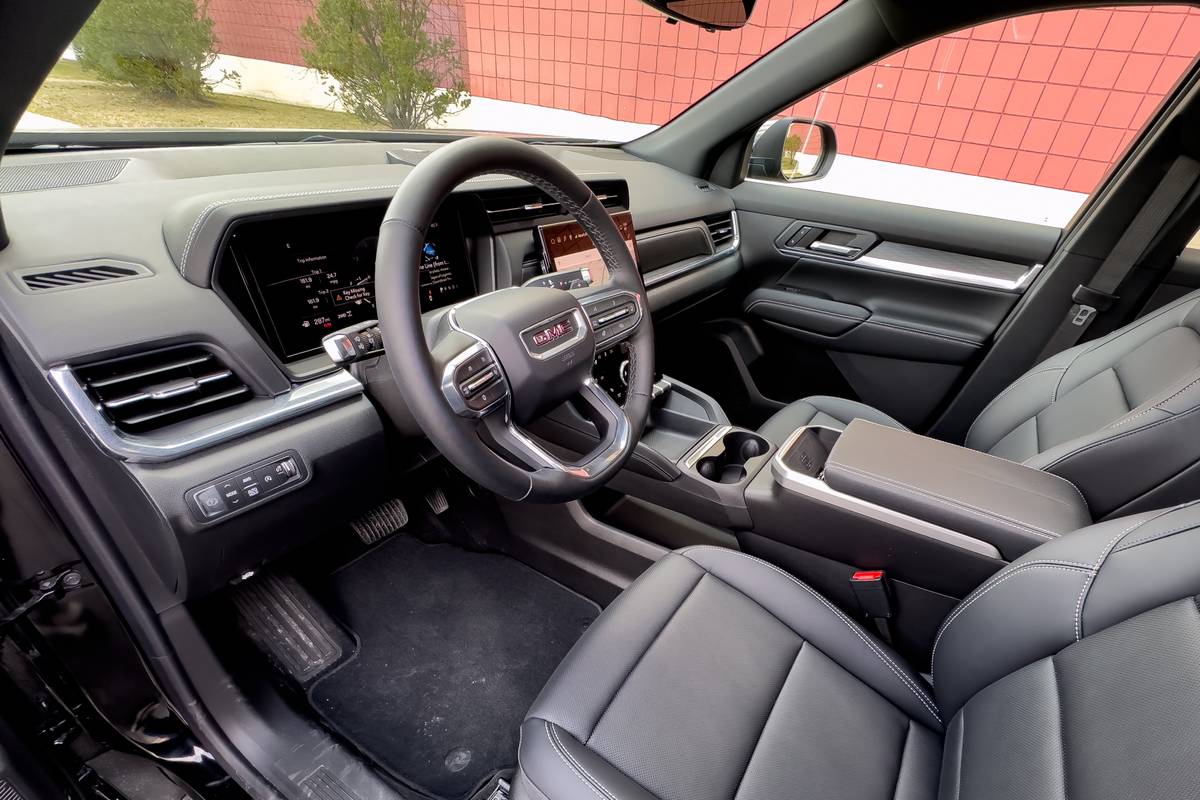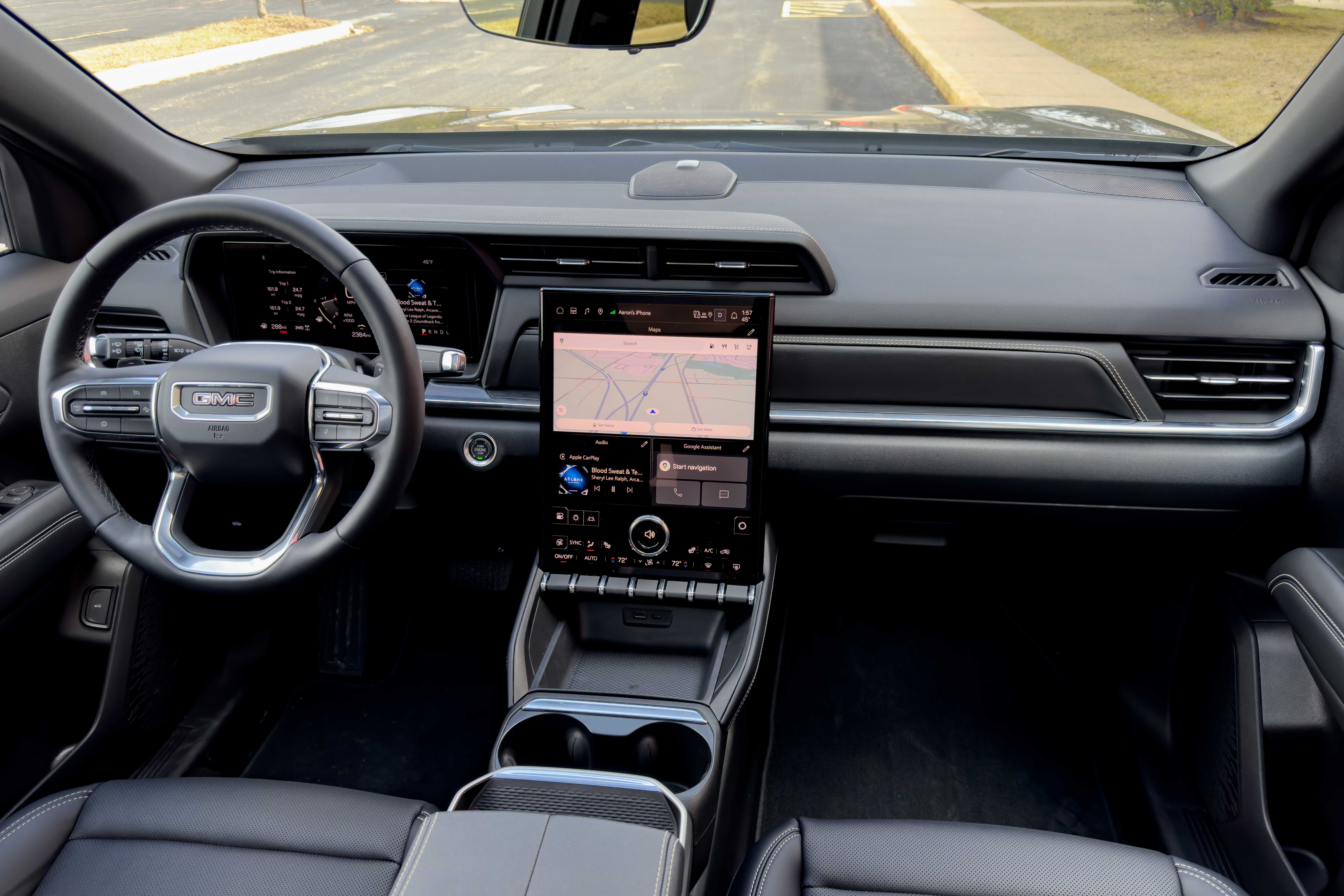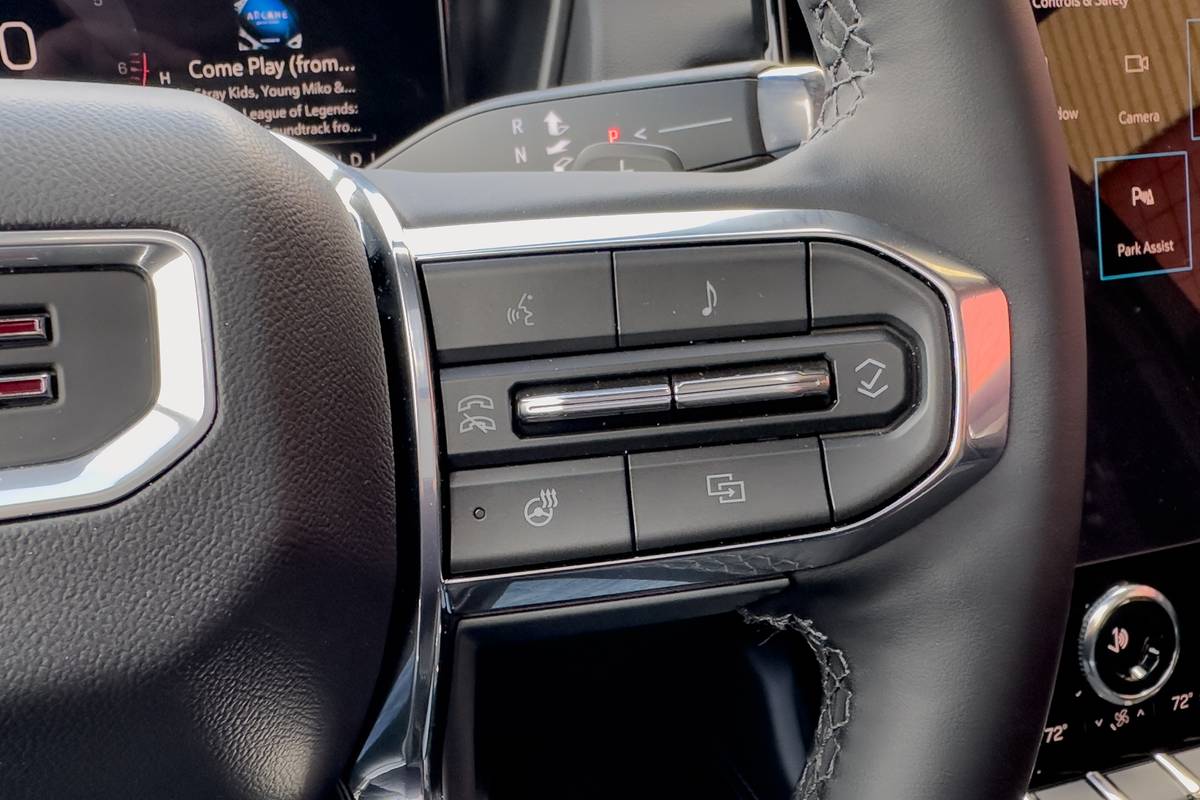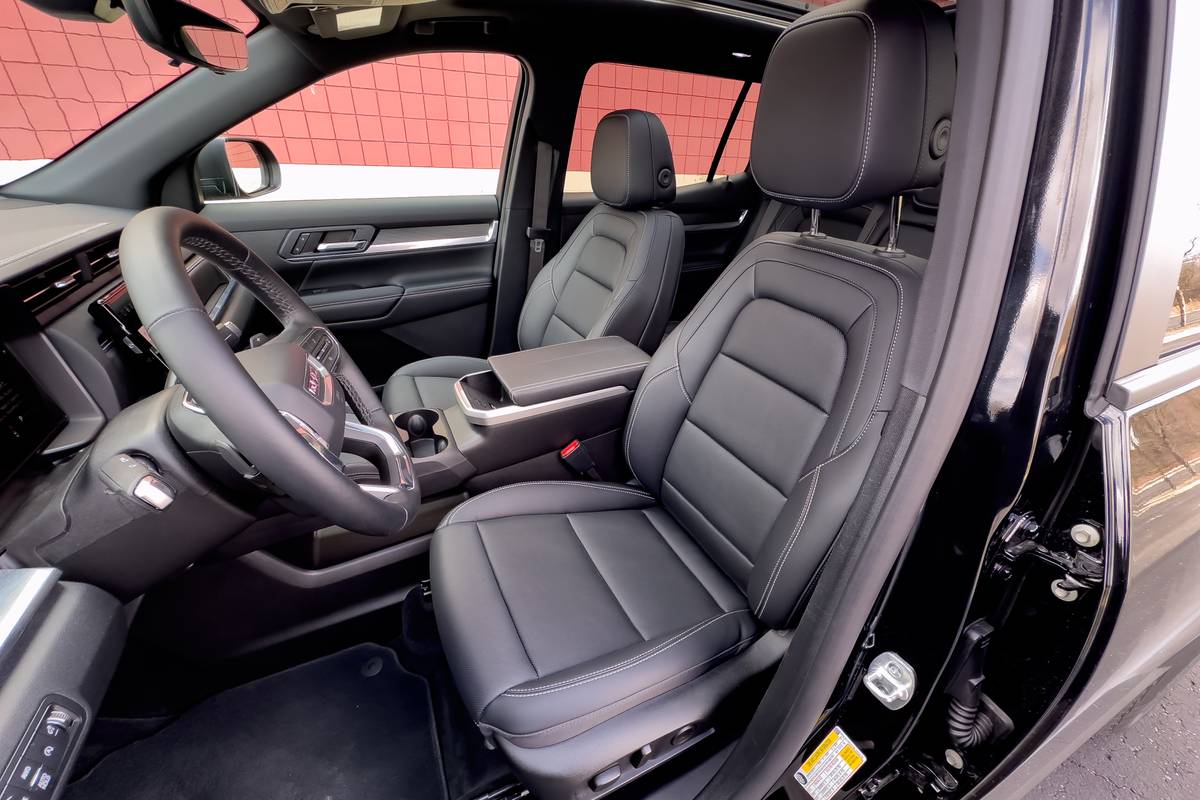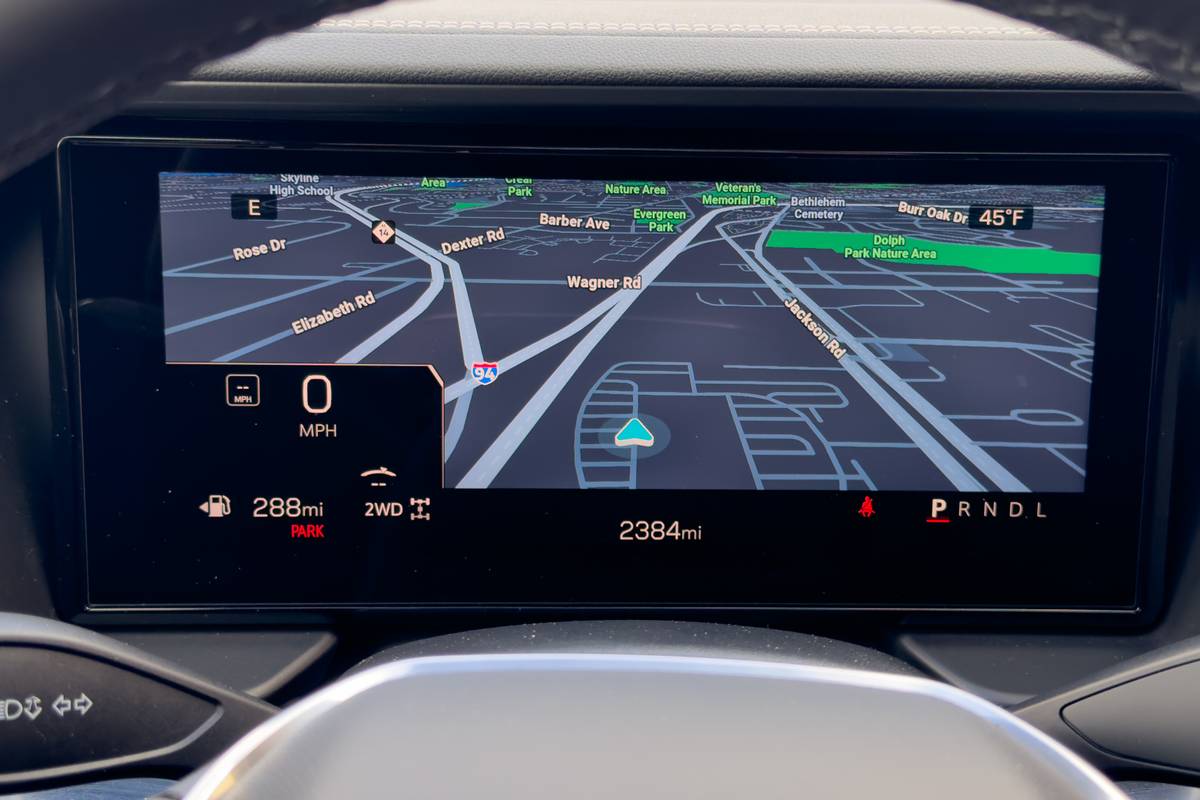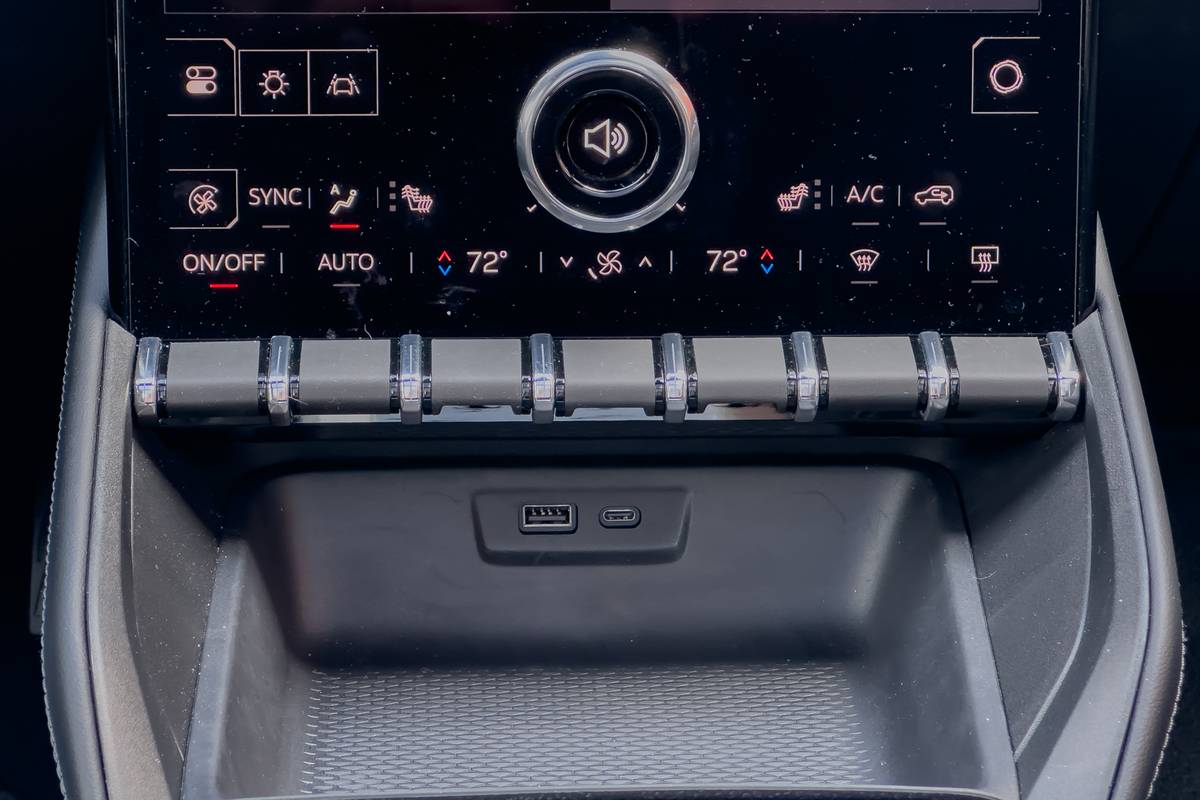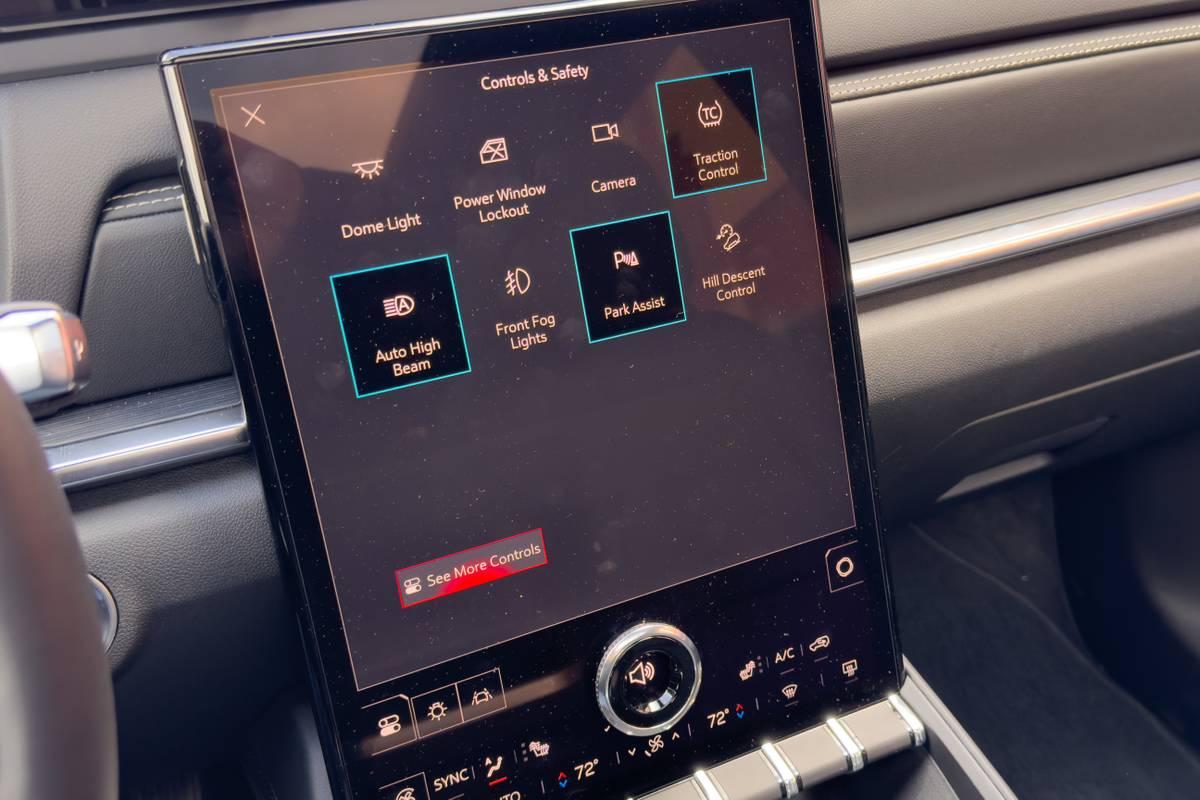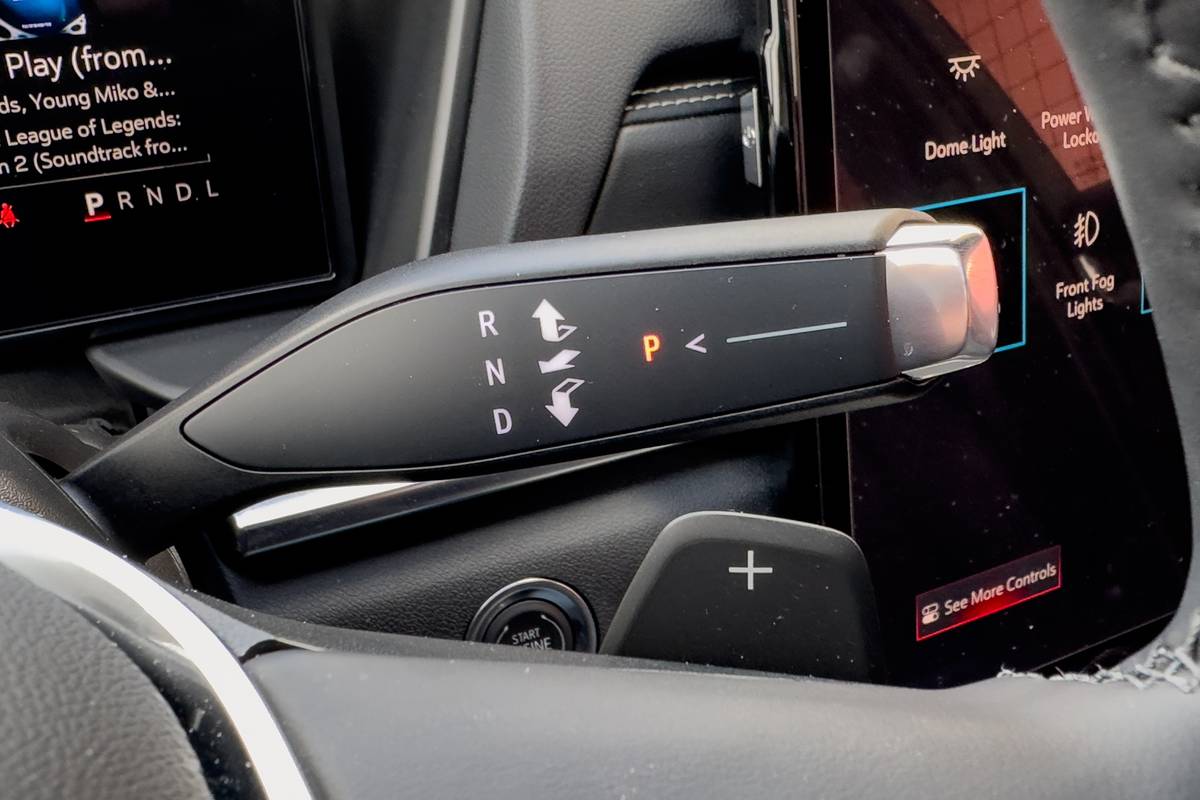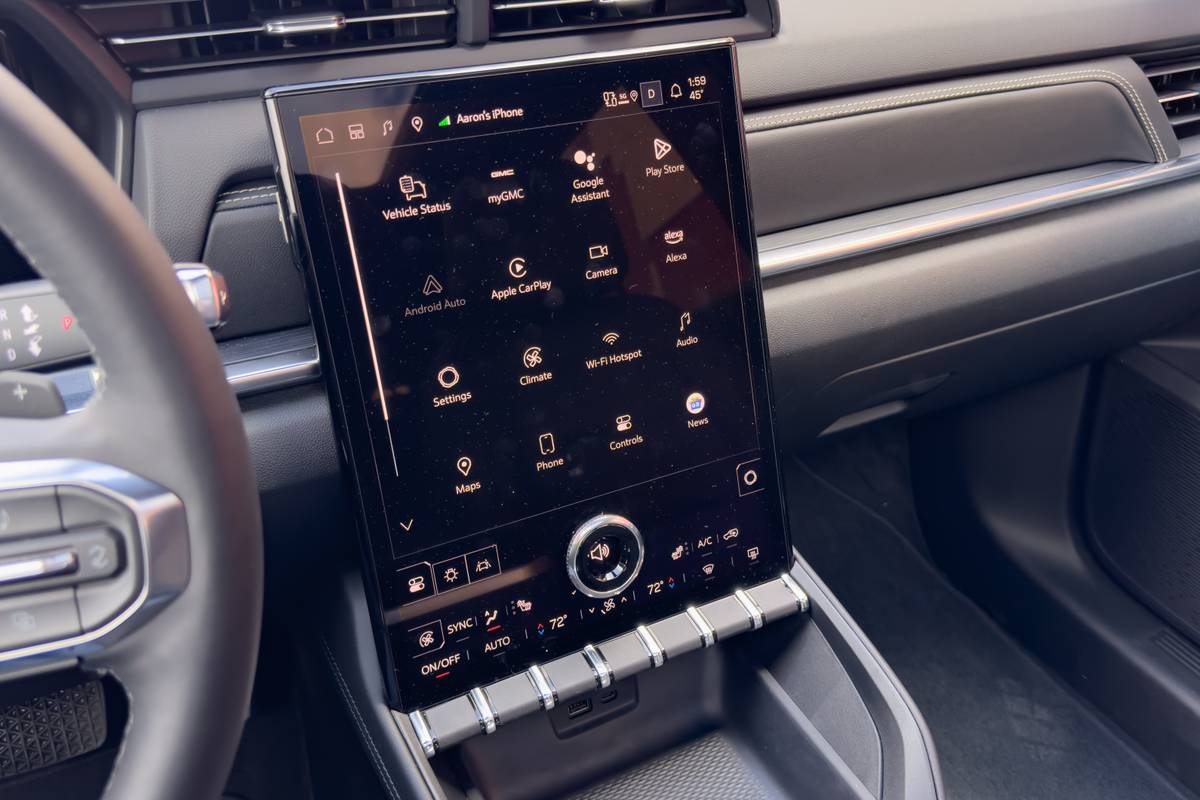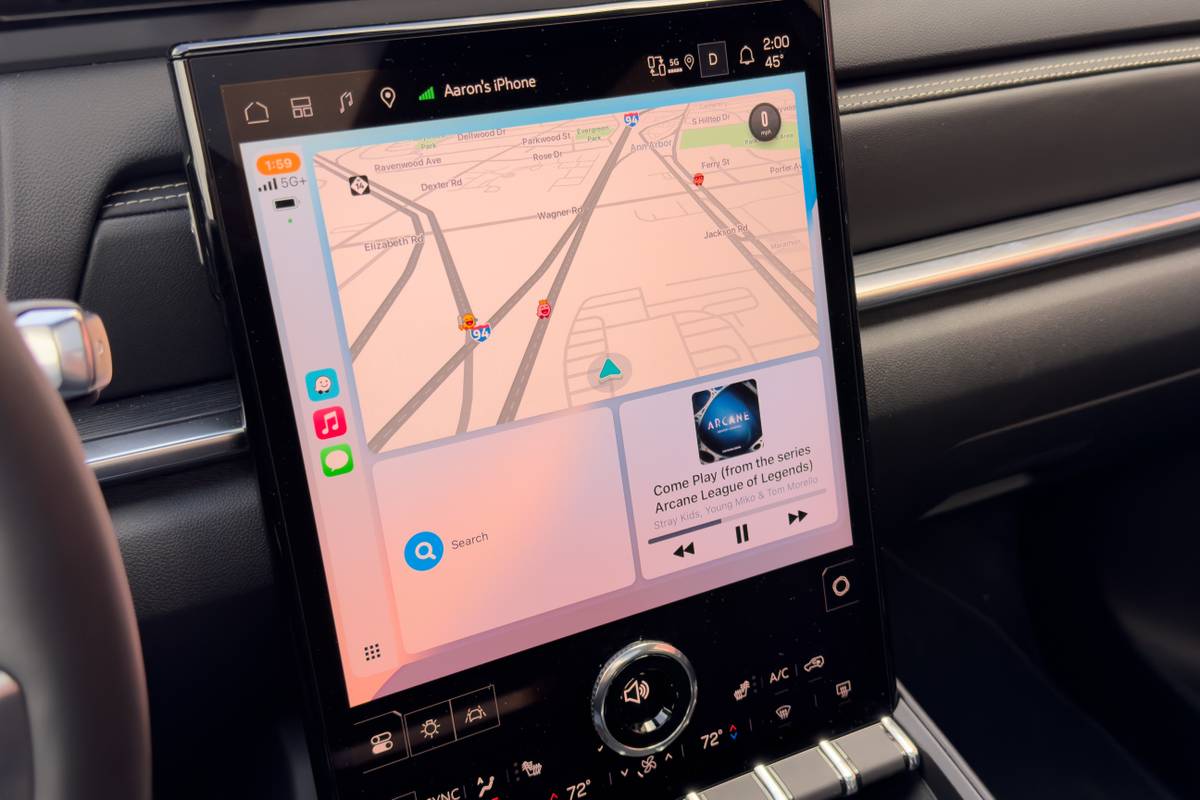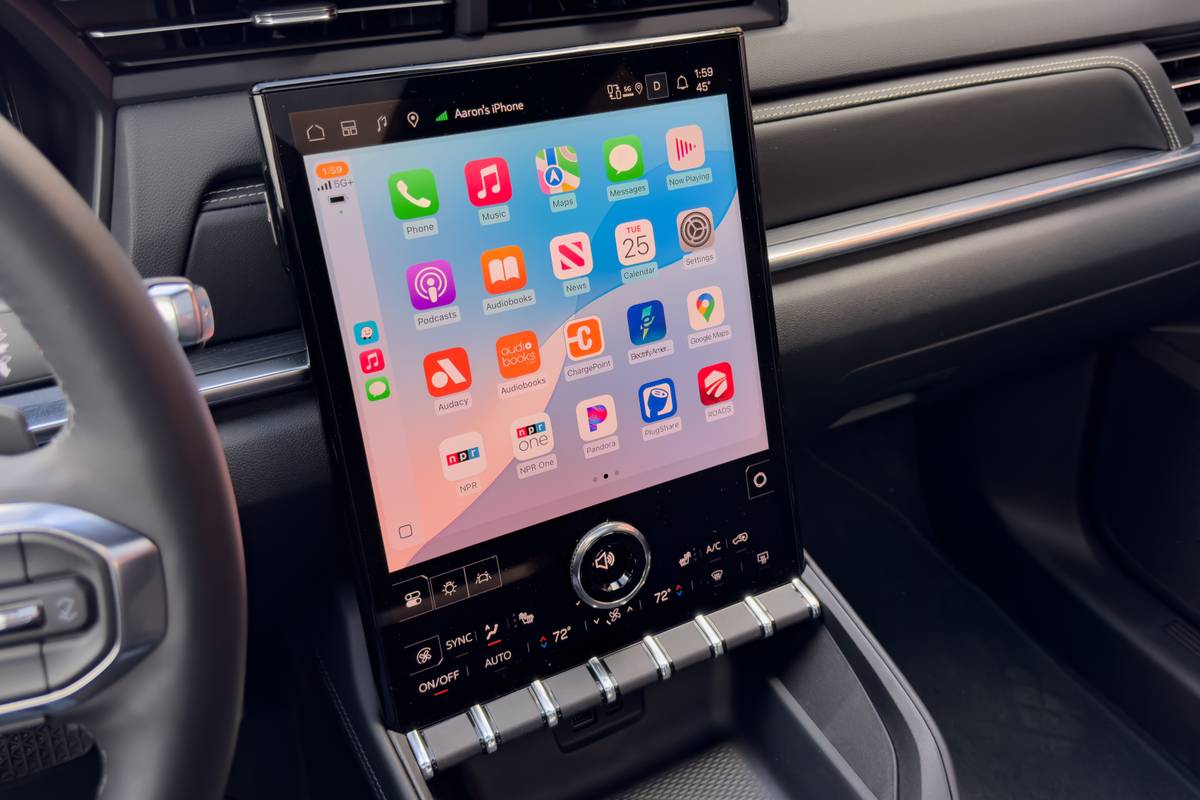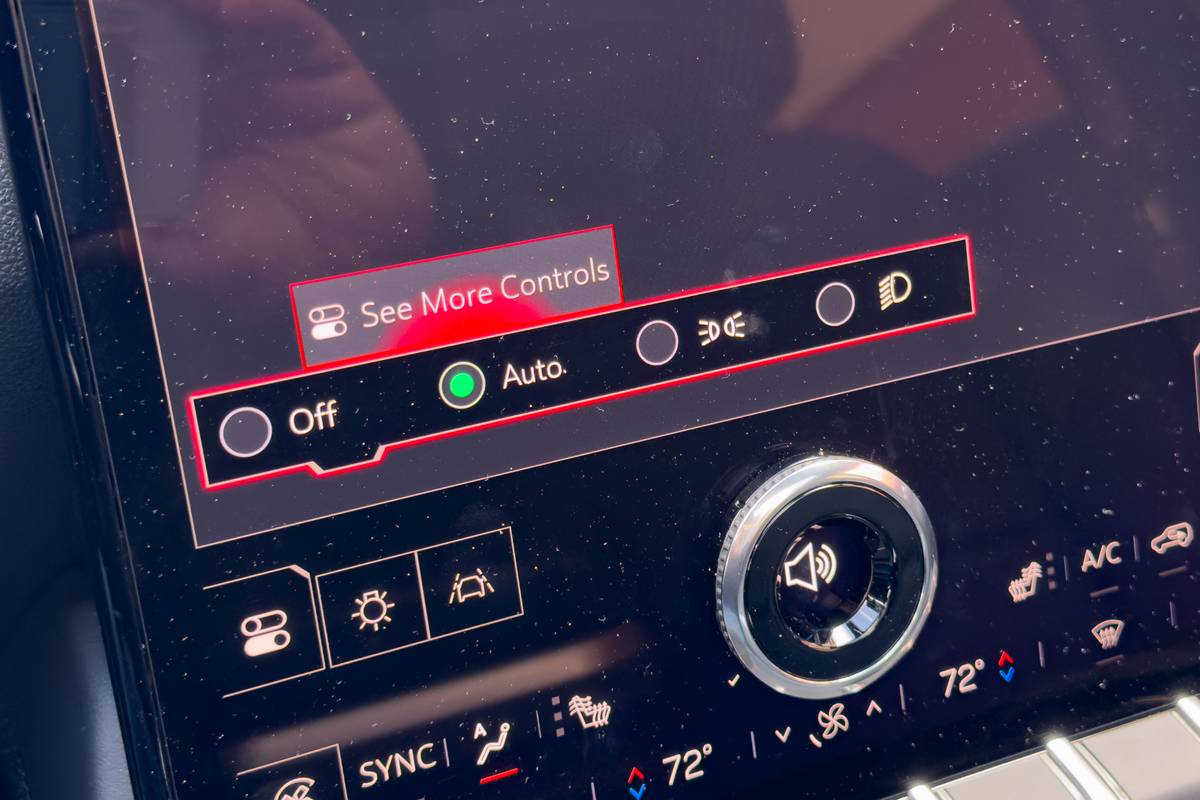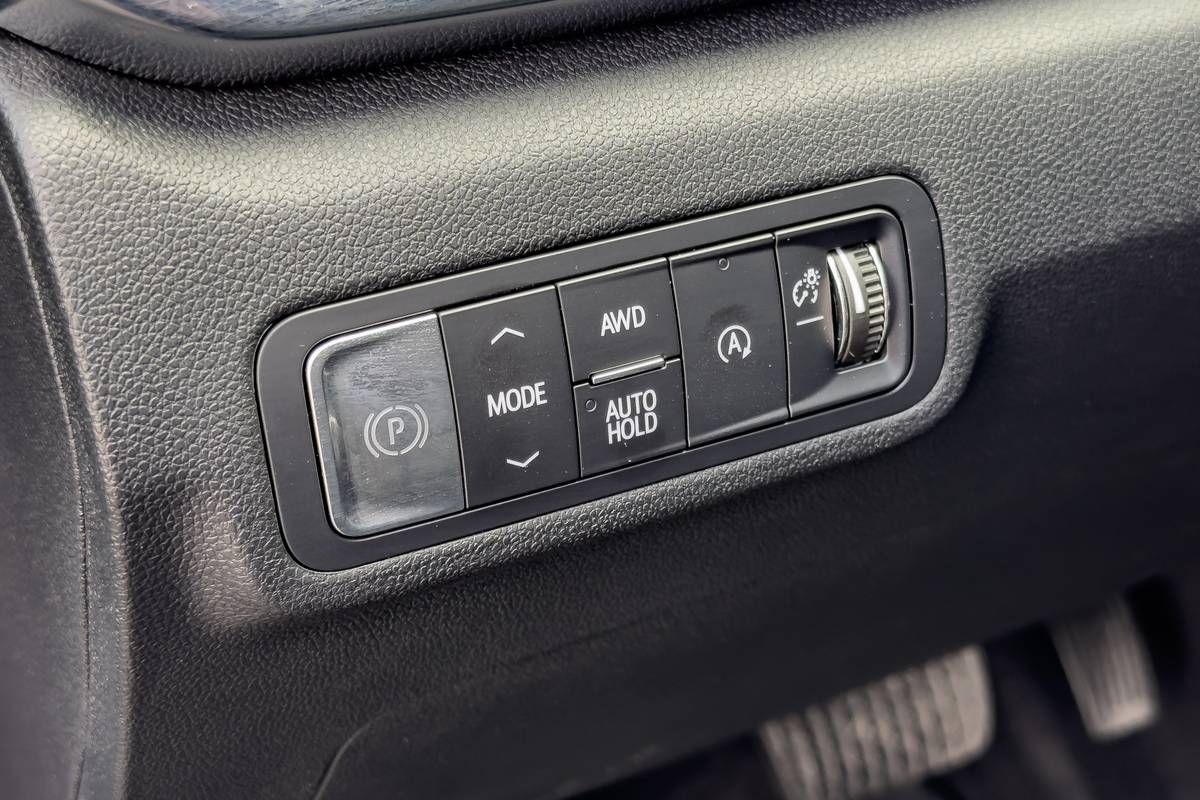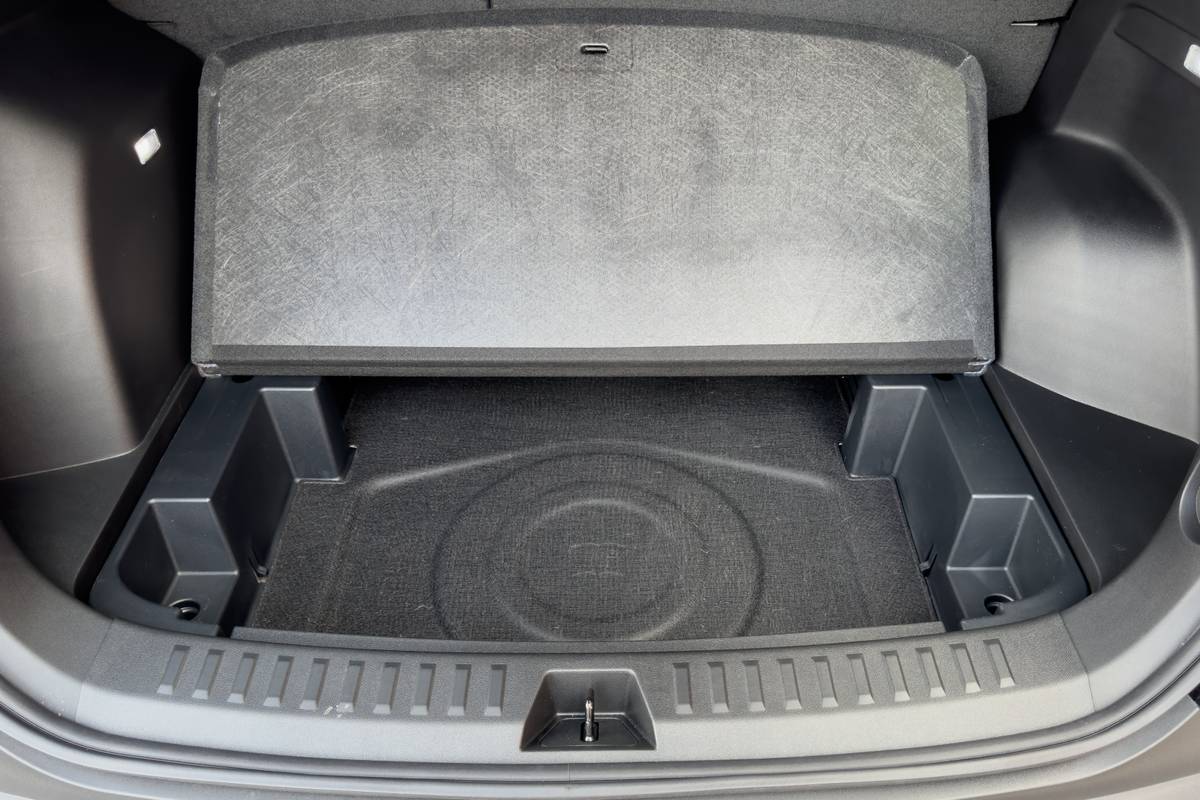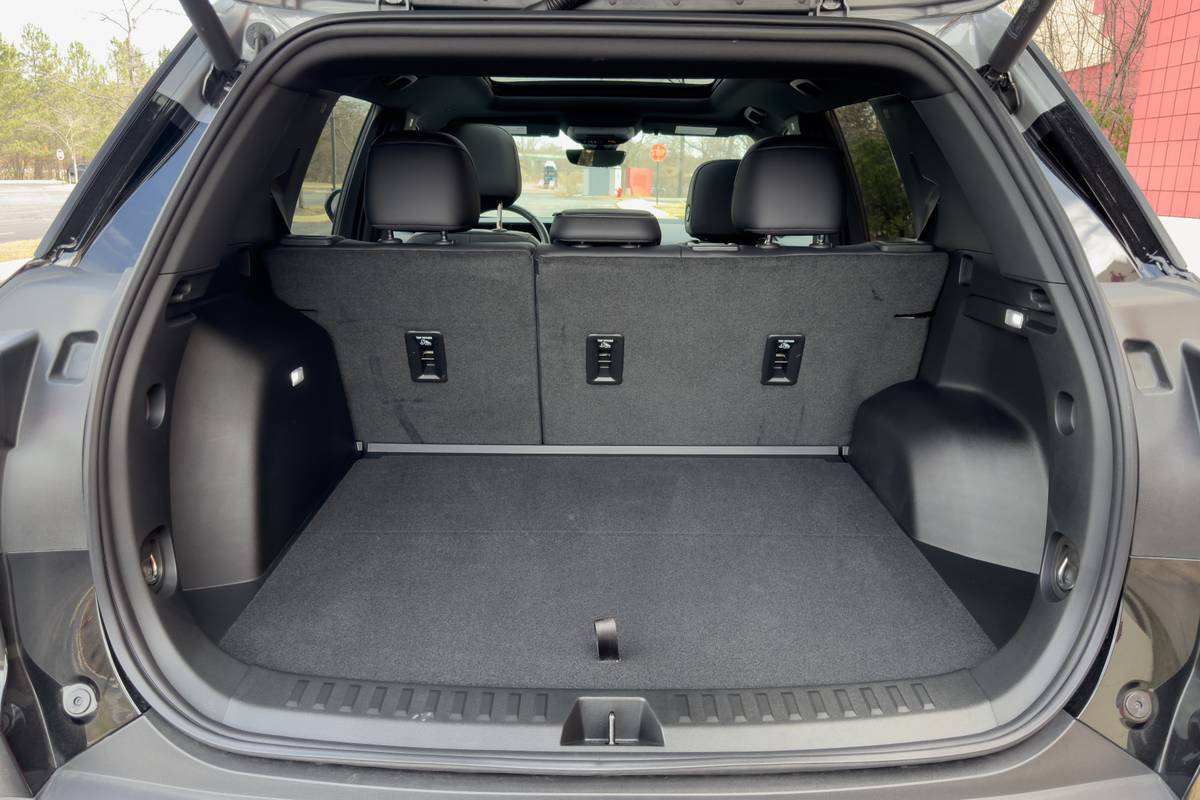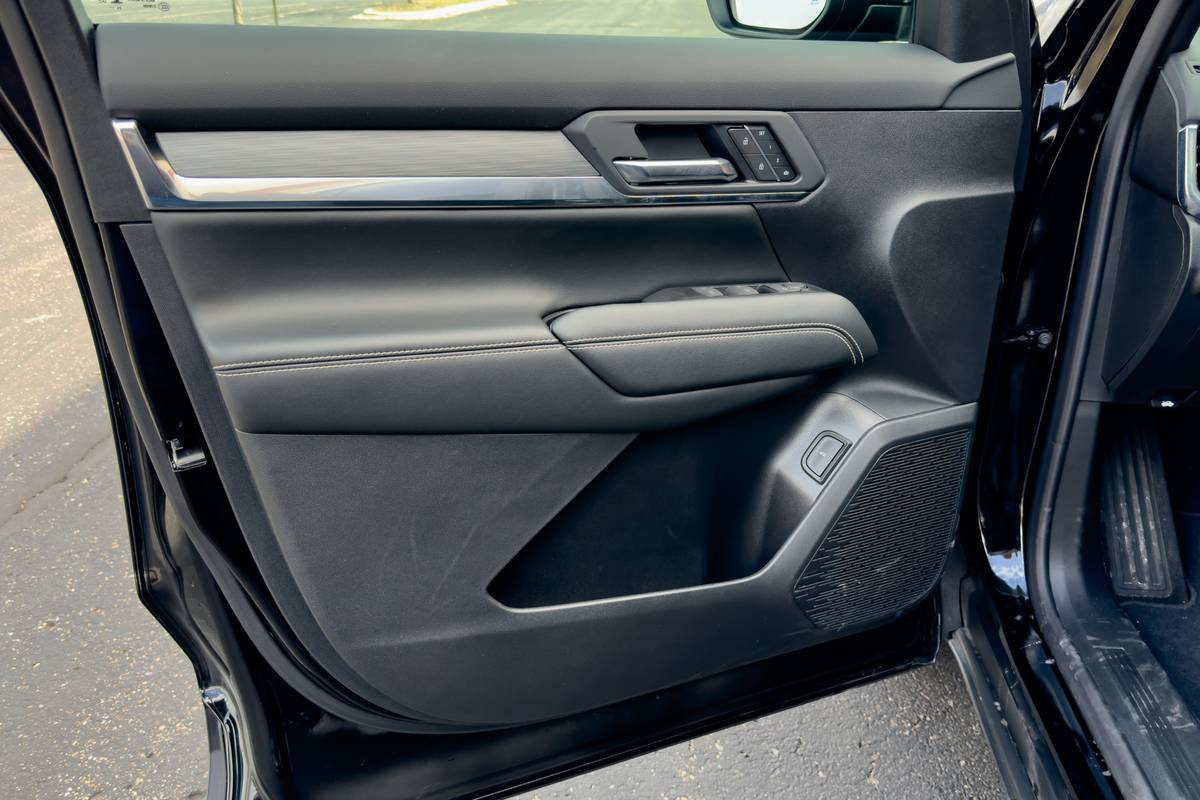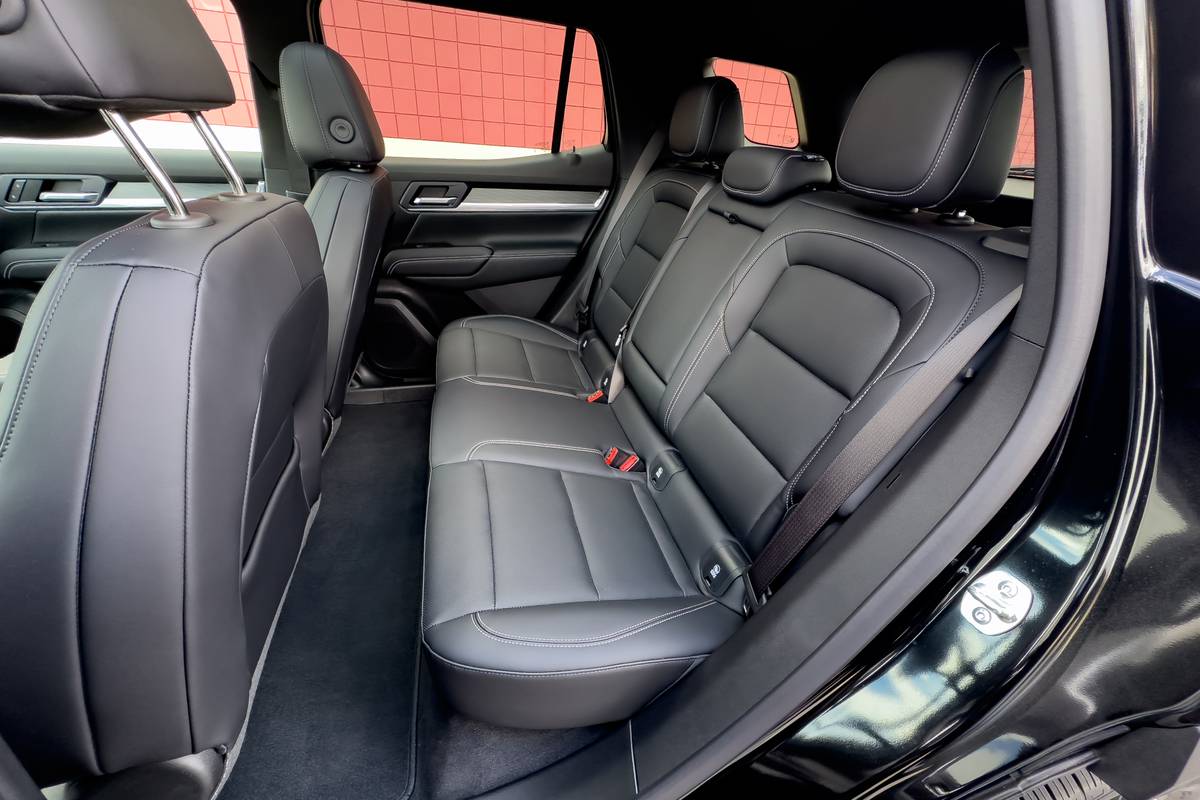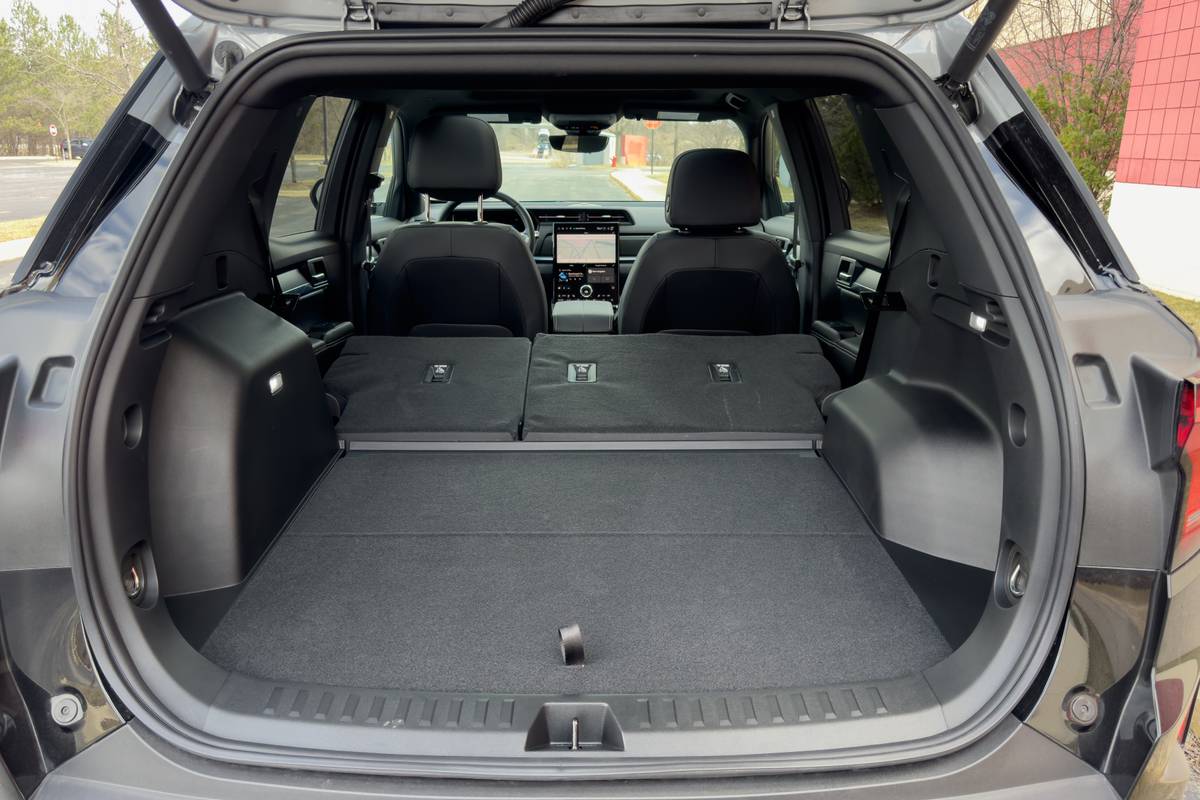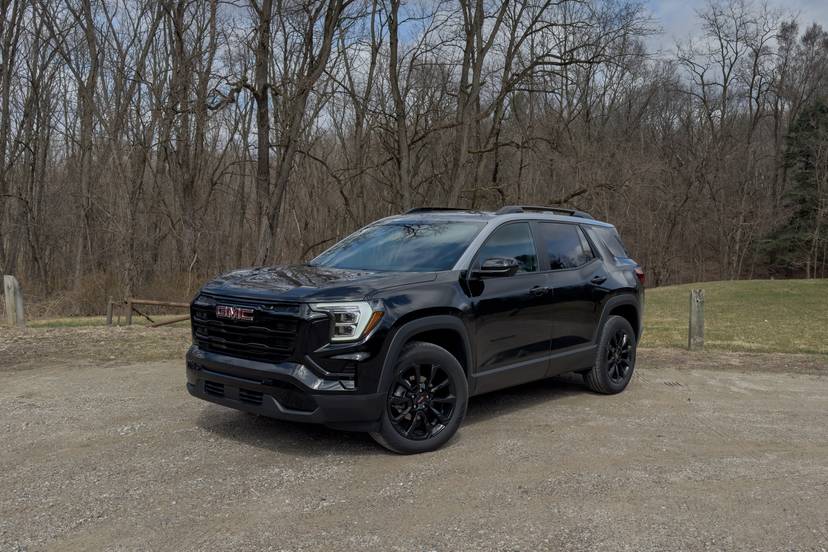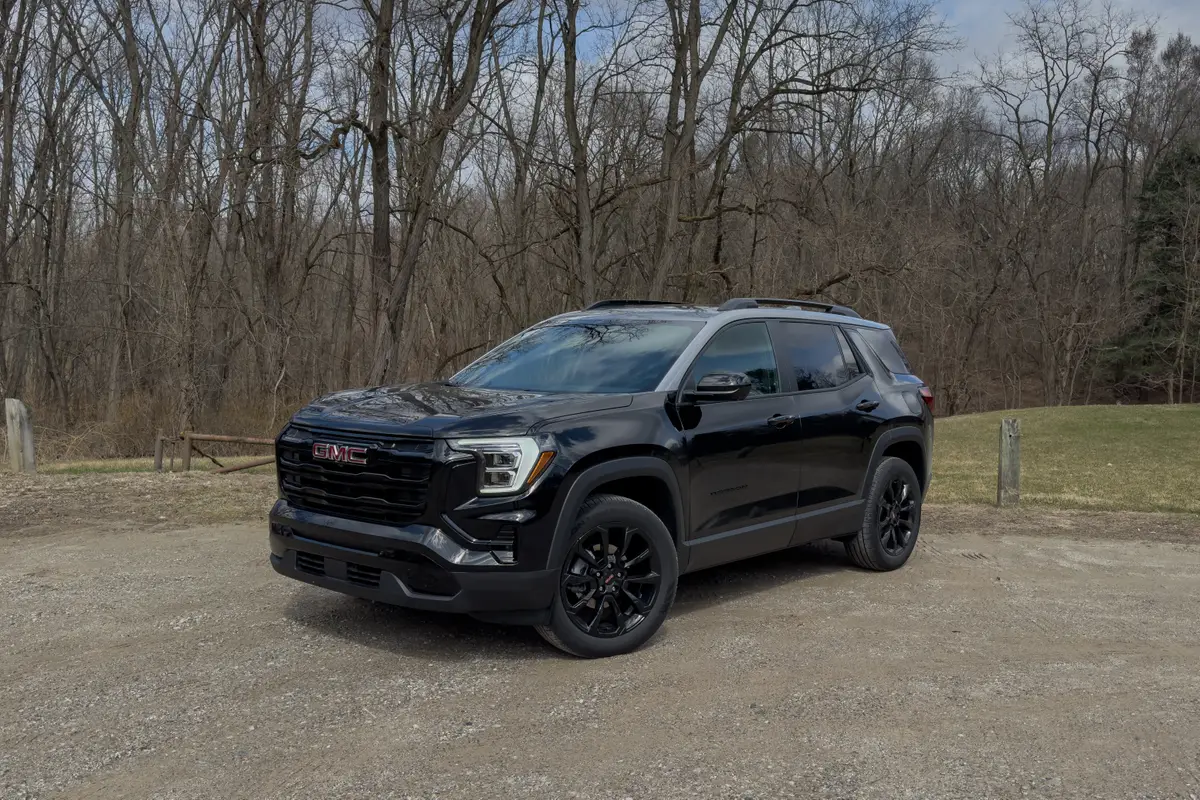
Is the GMC Terrain a Good SUV?
- Mechanically identical to the less expensive but equally stylish Chevrolet Equinox, the redesigned 2025 GMC Terrain has the same wins (comfort, style and content) and losses (lackluster powertrain and sloppy handling) as its cheaper Chevy cousin, but it has a more polished interior.
How Does the GMC Terrain Compare With Other SUVs?
- It’s as comfortable, stylish, useful and well built as many of its competitors, but the Terrain’s anemic acceleration and uninspiring handling place it mid-pack at best among the top sellers in its class.
The compact SUV class is chock-full of competitive, affordable and useful entries — and even a few fun-to-drive ones, too — so making a splash with a redesigned model is difficult. It has to get noticed, meaning there must be something special enough about it to shake buyers out of a purchasing inertia that pushes them to just buy the latest version of whatever they already own.
GMC is making a play to do just that with its new 2025 Terrain. It’s a complete redesign that replaces the not-terribly-impressive outgoing model with something that’s decidedly stylish, full of the latest tech, and delivers comfort and space aplenty for five people and their stuff.
As a class, compact SUVs are replacing mid-size family sedans in most Americans’ garages, but the Terrain hasn’t been the model to do so. Has GMC gone far enough in its update of the Terrain to push out the Honda CR-Vs and Toyota RAV4s that have become commonplace in those garages? In some ways yes, in other ways no.
Related: Redesigned, Single-Trim 2025 GMC Terrain Priced From $31,395
How Much Does a 2025 GMC Terrain Cost?
On sale right now, the new 2025 Terrain comes in just one trim level, called Elevation, with front- or all-wheel drive. The prices below include a $1,395 destination charge:
- FWD: $31,395
- AWD: $33,395
Two additional trims are slated to come later this year, including an off-road-oriented AT4 and a more luxurious Denali — two common GMC trim names that (ironically) “elevate” the Terrain in different ways. The AT4 brings some off-road ability thanks to a lifted ride height and some underbody protection, while Denali is GMC’s popular luxury sub-brand that accounts for a significant percentage of the automaker’s sales of vehicles like the Sierra pickup and Yukon SUV. Pricing for the Terrain AT4 and Denali was not available as of publication.
The price of my loaded AWD Elevation trim came to $40,910, including a Premium Package that added a power driver’s seat, dual-zone automatic climate control, rain-sensing wipers, a hands-free power liftgate and simulated leather upholstery. Other options included a panoramic moonroof and the Technology Package, which brought a rearview camera mirror, front foglamps, a 360-degree camera system and rear pedestrian alert. Oddly, a premium audio system isn’t available on the Elevation trim.
The Terrain’s pricing is pretty dead-on with its competitors, coming in a bit higher than a comparable Chevrolet Equinox (understandable given GMC’s more premium aesthetic) and in the ballpark of the Honda CR-V, Mazda CX-5, Nissan Rogue, Toyota RAV4 and Volkswagen Tiguan. Suffice it to say, the 2025 Terrain Elevation is competitively priced. It remains to be seen whether that will be true of the forthcoming AT4 and Denali.
How Does the 2025 GMC Terrain Drive?
The Terrain is powered by a turbocharged 1.5-liter four-cylinder engine. If you get the FWD model, it’s mated to a continuously variable automatic transmission and makes 175 horsepower and 184 pounds-feet of torque. If you opt for AWD, horsepower stays the same, but torque is bumped to 203 pounds-feet, and the CVT is swapped for a transmission with actual gears: an eight-speed automatic. That’s the transmission my test car had, and just like in the Equinox, it’s the Terrain’s worst feature.
“Lackluster” is the best word to describe this powertrain. Acceleration is tepid; the power band is narrow; and the transmission is slow to kick down when you want more power. A telling sign of GMC’s intent for this engine is the fact that it doesn’t include Sport among its available drive modes, only Normal, Off-Road and Mud/Snow.
Adding to the Terrain’s muddled driving experience is handling that’s squishy and soft instead of solid and precise. The Terrain wanders around in its lane, and turn-in on twisty roads is lazy and soft. There isn’t much in the way of feedback or confidence in the responses the steering and suspension give to the driver. Yes, this is a family SUV with more luxurious pretenses than some rivals in the class, but between its unimpressive acceleration and powertrain responses and its curiously sloppy handling, there isn’t much driving joy to be had in the Terrain.
So what does it do well? Its ride is supremely comfortable, with a smooth, beautifully absorbent suspension that transmits very few road imperfections to the cabin — and that was in spite of the big optional 19-inch wheels and tires on my test car. The cabin is quiet (unless you’ve floored the accelerator) and serene, exuding a calm, comfortable motoring experience in urban and highway environments. And that’s exactly what most owners will call upon it to do: carry people around with ease. That seems to be exactly what GMC’s engineers have tuned the Terrain for, and in this regard, it behaves very much like other new gas-powered GM SUVs; none have impressive powertrains or sharp handling, but every one I’ve driven has been comfortable, quiet and smooth over varying pavement. If you want athletic and entertaining, go try a CX-5 or even a CR-V. But if your biggest concern is comfort with minimal fuss, the Terrain fits that bill quite well.
Does the 2025 GMC Terrain Have a Nice Interior?
While the Terrain is mechanically identical to the Equinox in terms of the greasy bits underneath its sheet metal, the GMC’s cabin appointments clearly demonstrate why it has a higher price tag. The interior of my Elevation trim felt a bit more upscale than the last Equinox I tested thanks to more premium materials on the dash, doors and seats. That was also due in large part to the massive vertically oriented 15-inch touchscreen in the center of the Terrain’s dashboard. It’s the same one you’ll find in the much larger GMC Acadia SUV, where it also impresses.
The Terrain’s infotainment system runs the latest Google Built-In operating system, which is in many of GM’s newest vehicles. We find it to be clear and easy to use, with large icons and a useful home screen. And while GMC has moved a lot of the vehicle’s controls into the touchscreen (including the headlights), things that are most frequently used, like climate control and audio volume, still have physical controls. It might be the perfect combination of touchscreen and hard-button controls in a modern vehicle; kudos to GM for continuing to see the value in offering both to minimize driver distraction.
The only downside to the Terrain’s tech is its astonishingly bad audio system, which has terrible playback quality. As previously mentioned, there’s no premium audio option in the Elevation trim, but hopefully one is in the works for the AT4 or Denali, because the sound system in the Elevation is simply awful.
One benefit of the 15-inch touchscreen’s squarish layout is that when you fire up Apple CarPlay, it displays in one of the biggest CarPlay views I’ve ever seen. It fills the entire screen, which is quite useful. Combine that with its sharp, reconfigurable 11-inch digital gauge cluster, and the interior of the new Terrain looks and feels truly state-of-the-art. Throw in the premium materials, a plethora of safety features and technology, lots of comfort in the front and rear seats, and plentiful cargo space, and the new Terrain’s interior feels fully competitive with the best in the class.
More From Cars.com:
- 2025 GMC Terrain Up Close: Premium Experience in Compact Dimensions
- 2025 GMC Terrain: Simpler Lineup, Nicer Digs
- 2025 GMC Acadia Review: Do You Really Need a Yukon?
- Research GMC Vehicles
- Shop for a 2025 GMC Terrain Near You
Should You Buy a 2025 GMC Terrain?
When it comes to compact SUVs, the market is chock-full of good options that cover a significant price spread. The Terrain fits in the middle when it comes to price (at least until the Denali arrives) and capability, offering up plenty of tech, lots of comfort, excellent safety systems, and good utility compared with the likes of the CR-V, RAV4 and Rogue. It’s a mild step up from an Equinox, but what holds the Equinox back also prevents the Terrain from reaching class-leading status. Its powertrain is suboptimal and underpowered, and handling is uncharacteristically sloppy for a GM vehicle. If you’re more concerned about comfort and tech, though, than control and acceleration, the Terrain is worth your consideration.
Related Video:
We cannot generate a video preview.
Cars.com’s Editorial department is your source for automotive news and reviews. In line with Cars.com’s long-standing ethics policy, editors and reviewers don’t accept gifts or free trips from automakers. The Editorial department is independent of Cars.com’s advertising, sales and sponsored content departments.














